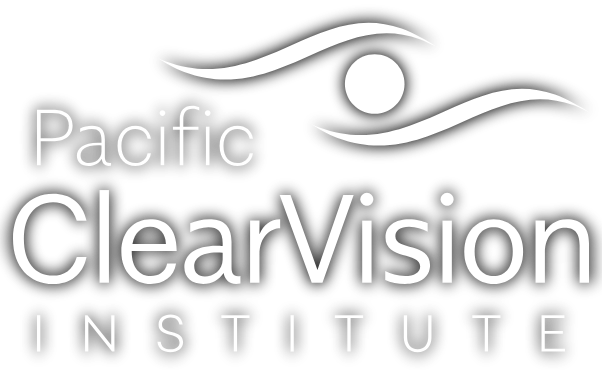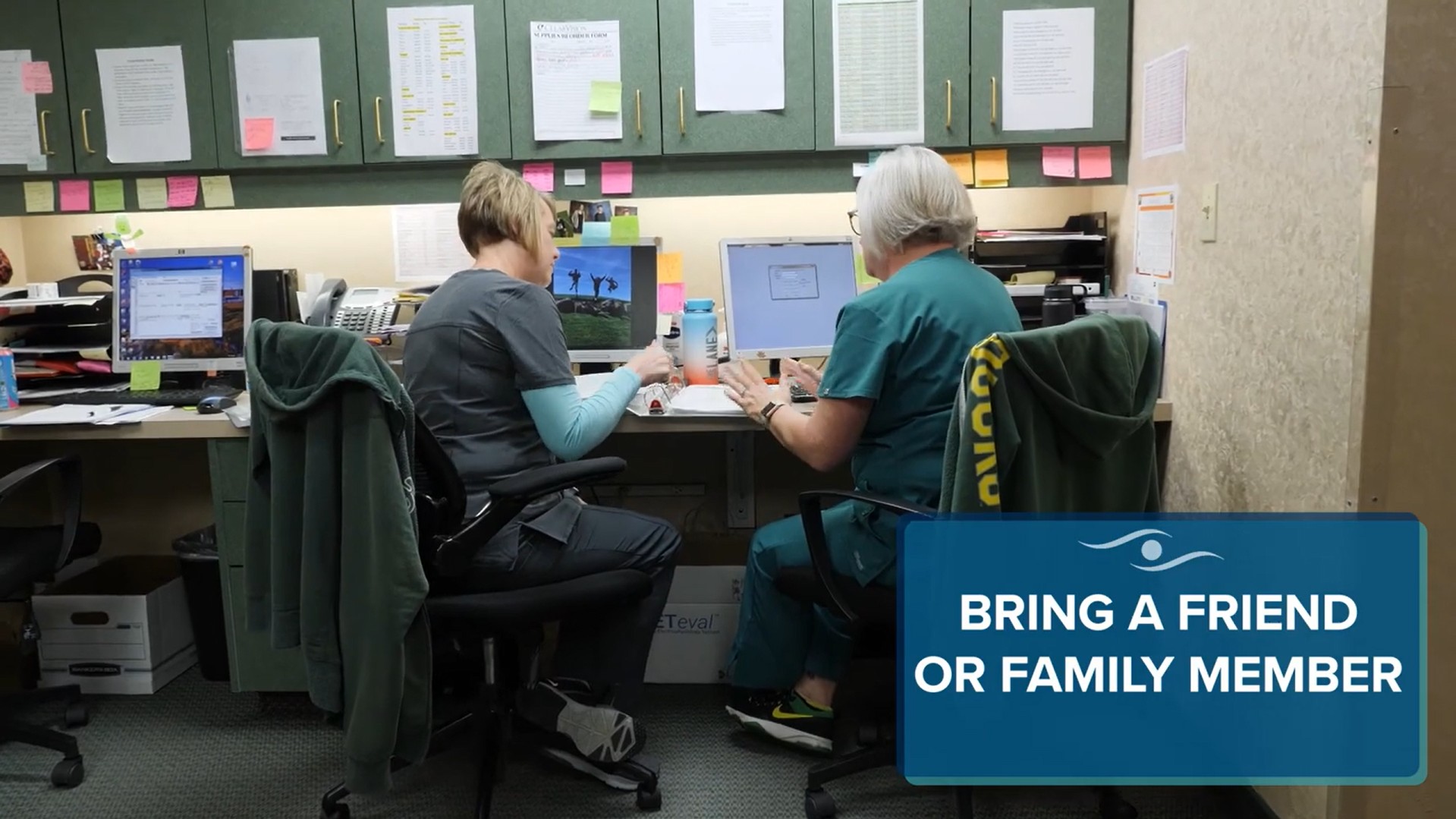Glaucoma, the second leading cause of blindness, is a chronic eye disease where there is progressive loss of the cells of the optic nerve (which carries vision from the eye to the brain). Glaucoma is a disease of the eye that can be managed successfully if detected early and monitored regularly every 4-6 months. There are multiple treatment options, involving the reduction of pressure inside the eye using eyedrops, lasers, drainage implants, filtration procedures, or medication implants.
Glaucoma damage occurs when the fluid in the front part of the eye builds up, creating pressure. There are two principal forms: Primary Open-Angle and Angle Closure or “Narrow-angle.”
Primary Open-Angle Glaucoma occurs over time when pressure builds up within the eye and the fluid does not drain properly.
Angle Closure Glaucoma is more severe and develops over time as well. This happens when the iris blocks or partially blocks the drainage angle of the eye. This form eventually leads to an attack where symptoms develop rapidly. Symptoms include severe and sudden eye pain, headaches and nausea, sudden loss of vision, or sudden blurry vision. When this happens, it is important to seek a medical professional right away.






